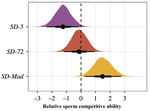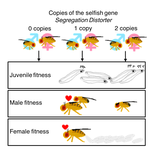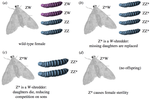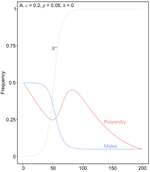Gene drives
 (Edited) photo from Hannes Egler
(Edited) photo from Hannes Egler
“Gene drives” are alleles that spread through populations due to within-individual selection, instead of by increasing the fitness of individuals that carry them. For example, the genetic elements t and Segregation distorter occur naturally in mice and fruitflies respectively; they are able to spread through populations despite reducing the fitness of indiviuals that carry them because they “selfishly” ensure their own transmission to ~95% of the offspring of male heterozygotes. Gene drives can work in a variety of ways, including destroying sperm cells that do not carry them, biasing meiosis in females, or gene conversion (which essentially converts drive heterozygotes into homozygotes).
Recently, it has become possible to artificially create gene drives using genome editing technologies such as CRISPR-Cas9. These artificial drives could be used in the near future to genetically engineer or eradicate populations of wild organisms (e.g. to prevent the spread of malaria). However, gene drive research still has many hurdles – technological, regulatory, and ethical – to overcome. Aside from the challenging lab work needed to build a functional gene drive, many issues remain unresolved. Will populations evolve resistance to gene drives, or will they spread indefinitely? Can we make truly safe and self-limiting genes, which will remain restricted to the release site or go extinct once their job is done? What is the optimal design for a gene drive for each of the applications that they could help with?
I have been fascinated by gene drives ever since I first read about them in The Selfish Gene as a teenager. I intermittently write models and reviews about them, and I am currently working on the naturally-occurring gene drive Segregation distorter in Drosophila melanogaster.






